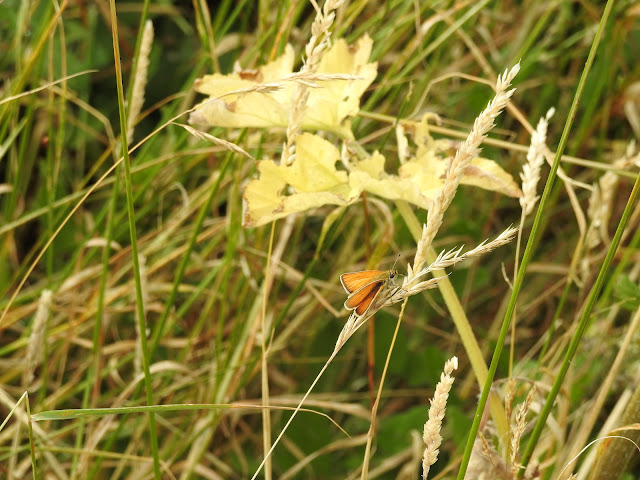2022 was without doubt my leanest birding year since I started birding. And that doesn't make for a happy Steve.
So, Patchwork Challenge 2023 it is then! Patchwork Challenge is a national (well international now!) patch birding community, enabling comparisons of a vast array of different patches. Each species of bird earns the patch worker points, the amount of points depends on the species rarity status and whether it was self-found. More details can be found HERE.
For me in 2022, work and family just had to take the priority - which left me with very little time to bird. And on the occasions I did have the time, if I had the desire to go out it was rarely fulfilling (mostly due to the lack of birds). I am thinking Patchwork Challenge is just the kick up the bum I need.
For one, the chance of a year-tick can often be that added incentive to get up and go birding, it has worked well for me in the past. But the biggest reason why I wanted to sign up was to overcome the problem of our patch size and try something a little different.
The Axe patch is massive. A 5km radius from Axmouth Bridge (near the mouth of the Axe Estuary) which covers most of the Axmouth - Lyme Regis Undercliff, as far inland as Musbury and Colyton, and then out to the west as far as Branscombe - it's huge! Don't get me wrong I wouldn't change it for the world as the mix of habitat is great, but having such a mix of sites often presents the "where do I go?" problem. It also gives us patch birders a heck of a lot of ground to cover!
The most productive patches are often ones that are absolutely hammered, the same fields and bushes, scrapes and lakes birded over and over again, day in day out so that nothing slips through the net. And this is why the 3km2 max limit of a Patchwork Challenge patch may well work in my favour and hopefully means spending more time in a smaller area actually reveals more birds! So let me introduce you to my Patchwork Challenge 2023 patch...
 |
| 3km2 almost to the cm! Naturist beach not included. |
What I have done is created a patch that includes the entirety of the Axe Estuary and Seaton Wetlands, as well as all the places I spend most of my time. My office and work is within this patch, as well as my walk to work. I have included my house (that little arm half way up on the left) as well as my 'don't have time to give the dog a proper walk so will just take her around the block' route! The little extra block in the top right corner covers Lower Bruckland Ponds, included for its fresh water and simply because it is somewhere I love to visit throughout the year.
Once I had completed v1 of the above, I was disappointed by the lack of vis mig opportunities with it all being low ground. I love Axe Cliff which is my favoured site for vis migging, but that is too far away to be included and defies the point of reducing the amount of ground to cover. So for v2 I added that narrow foot coming out of the bottom left corner. This allows me to include Cliff Field Gardens, a site I have vis migged from in the past (had Crossbill and Woodlark from here!) due to its elevation above Seaton. Nice easy access too and good potential for sea watching.
Am really looking forward to getting stuck into this. It should increase my blog activity too which has been woefully poor in 2022 and once again I apologies for this. Be sure to check back soon to see my progress.
Happy New Year everyone and may I wish all fellow Patchwork Challenge 2023 participants the very best of luck!

















































%20copy.jpg)